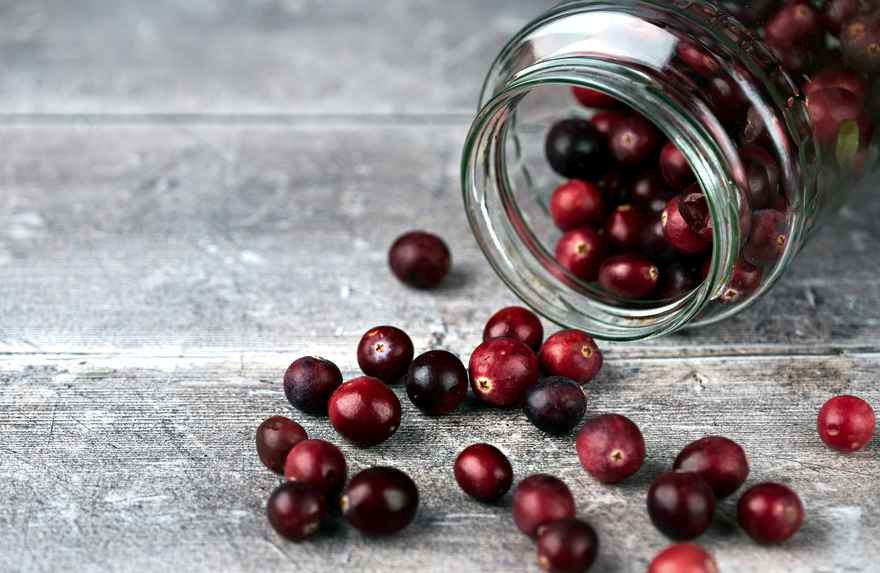April's Berry Boost: Cranberries and Gooseberries for Herpes Management

April's Special: Uncovering the Berry Benefits for Herpes Management
At first glance, cranberries and gooseberries might seem like unlikely heroes for those of us navigating life with herpes. Yet, as we constantly seek beneficial health insights tailored to our community, it's fascinating to discover how these seemingly ordinary fruits pack extraordinary health benefits, particularly for people living with HSV. As April ushers in the celebration of Cranberries and Gooseberries Month—a tradition with over 400 years of history—it's the perfect time to explore not only the rich heritage and culinary delights of these berries but also their unique advantages for our specific health needs.
Why focus on cranberries and gooseberries, you ask? Beyond their tangy sweetness and versatility in the kitchen, these fruits are armed with powerful nutrients that can bolster our immune system and potentially ease our journey with herpes. This month, let's dive deep into the legacy of these nutritional powerhouses, uncover their hidden health perks, and get inspired by delicious, easy ways to weave them into our daily lives. From antioxidant-rich profiles to potential antiviral properties, cranberries and gooseberries are about to become your new best friends in managing HSV.
A Berry Good History
Cranberries, immensely popular in North America, were first cultivated in Massachusetts in the early 19th century. Thriving in regions with sandy soil and abundant fresh water, cranberries are a testament to the agricultural heritage of the northern United States. Gooseberries, native to Europe and Western Asia, found their way to Northern America before their cultivation was curtailed due to their susceptibility to blister rust. Despite this, both berries have carved their niche in various cuisines, featuring in jams, pastries, drinks, and more.
Nutritional Powerhouses
Beyond their delightful taste, cranberries and gooseberries pack a nutritional punch. Rich in vitamin C, fiber, and antioxidants, these berries contribute to a healthy diet. They're especially beneficial in fighting and preventing diseases like cancer, heart disease, and other ailments. Their growing season, from April to November, coincides perfectly with their designated month, providing a fresh impetus to explore their health benefits.
A Boon for Herpes Management
For those managing herpes, cranberries and gooseberries might offer additional benefits. The antioxidants in these berries, such as vitamin C, anthocyanins, and flavonoids, support a strong immune system and reduce inflammation, potentially mitigating herpes outbreaks. Some compounds in cranberries may even have direct antiviral effects, although more research is needed. Moreover, the ability of cranberries to prevent urinary tract infections can provide comfort to individuals with genital herpes, making these berries a thoughtful addition to their diet.
Incorporating Berries into Your Life
Incorporating cranberries and gooseberries into your daily diet can be both delicious and healthful. Here are some creative ways to enjoy these fruits:
- Morning Boost: Add dried or fresh cranberries to your oatmeal or yogurt for a tangy start to your day. Gooseberries, with their unique flavor, can be a refreshing topping for cereal.
- Salads and Snacks: Toss a handful of cranberries or sliced gooseberries into salads for a burst of flavor. They pair well with nuts and cheese, offering a perfect balance of sweet and tart.
- Baking Delights: Fold cranberries into muffin or cookie dough, or add gooseberries to pies and tarts for a zesty twist.
- Refreshing Beverages: Blend cranberries or gooseberries into smoothies, or use them to infuse water for a refreshing and healthy drink option.
- Savory Dishes: Experiment by adding cranberries to sauces or chutneys that can accompany meat dishes, or stir gooseberries into curries and casseroles for an unexpected flavor pop.
A Final Note
While no food can cure herpes or prevent outbreaks entirely, integrating cranberries and gooseberries into your diet can support overall well-being and potentially improve disease management. Remember, these dietary choices should complement, not replace, medical advice and treatment plans. This April, let's embrace the healthful and delicious bounty of cranberries and gooseberries, celebrating their rich history and the myriad of ways they can enhance our health and our plates.


0 comments
Leave a comment
Please log in or register to post a comment